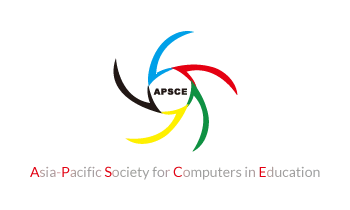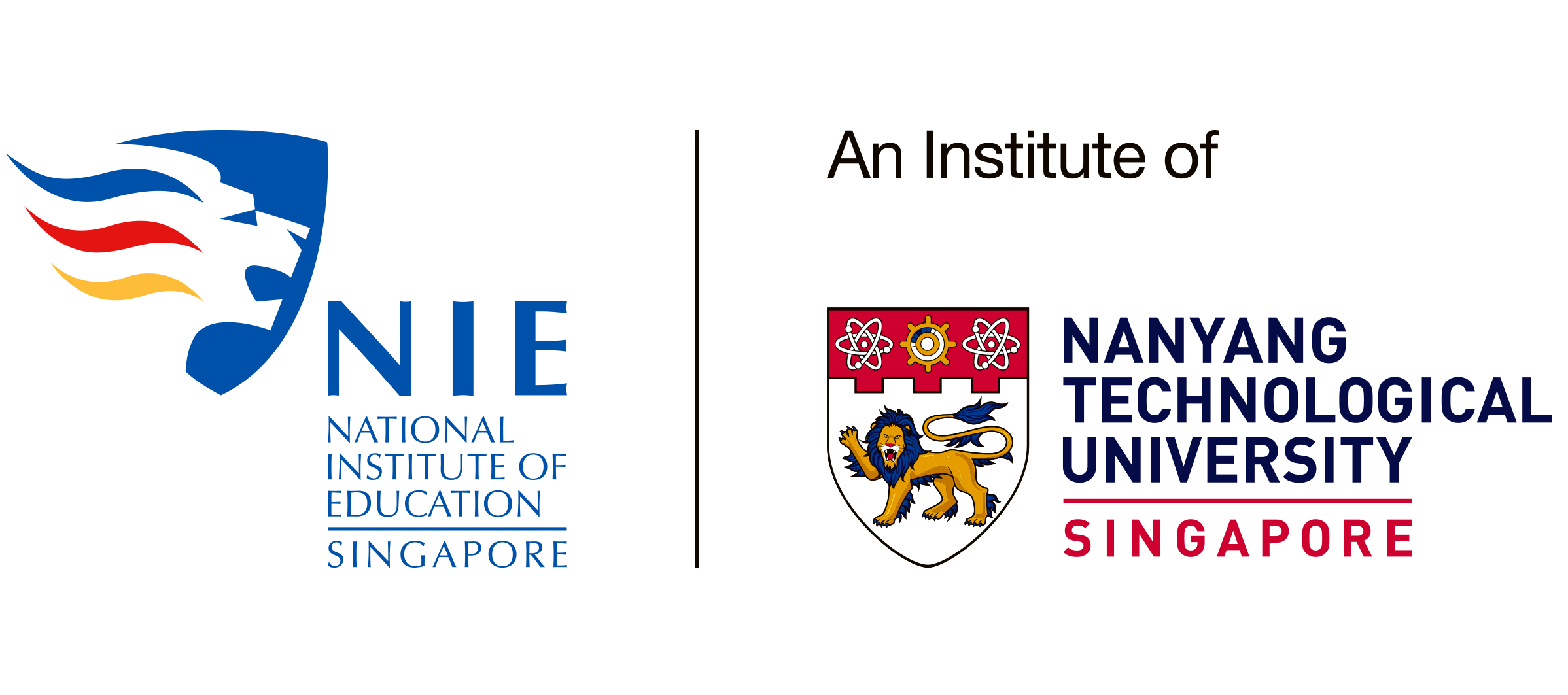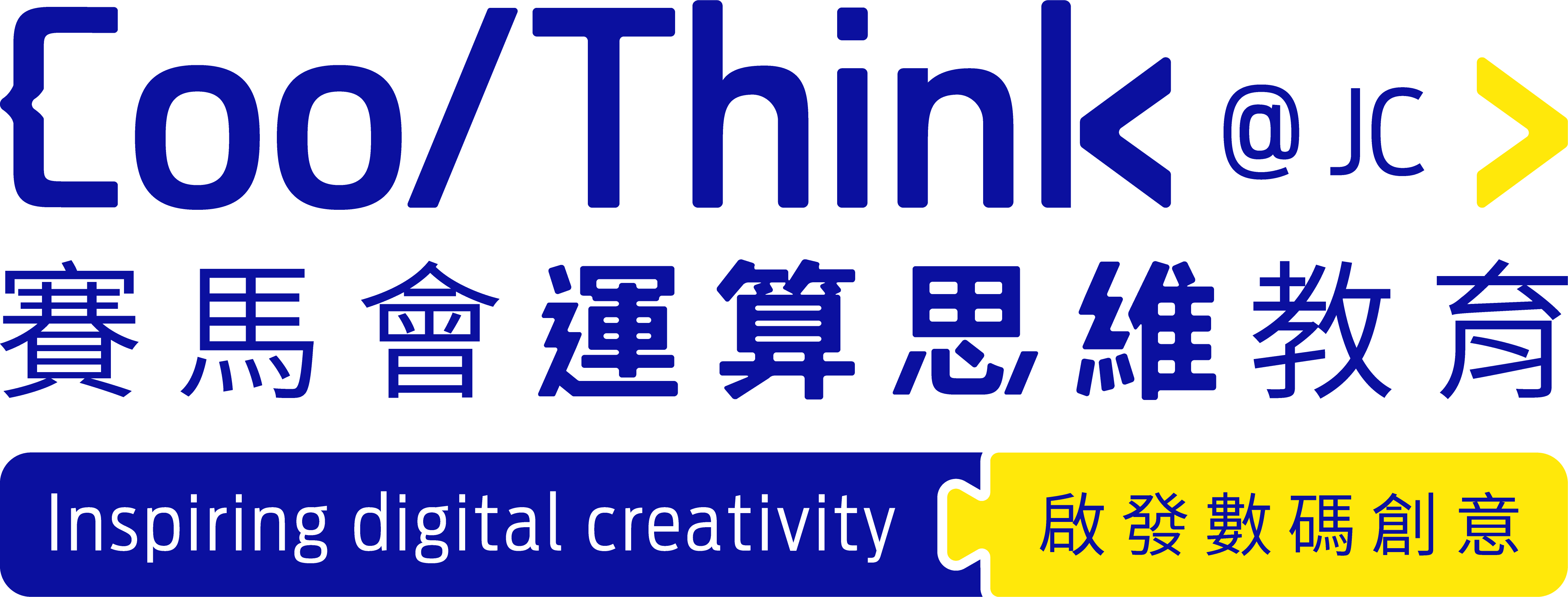Q: What is Computational Thinking (CT)?
A: Computational thinking was first used by Seymour Papert in 1980, and brought to the limelight in 2006 by Jeannette Wing.
"Computational thinking is the thought process involved in formulating a problem and expressing its solution(s) in such a way that a computer-human or machine-can effectively carry out." ~ Jeannette Wing
It was suggested that thinking computationally was a fundamental skill for everyone, not just computer scientists, and argued for the importance of integrating computational ideas into other subjects in school. By learning computational thinking, children will perform better in many tasks. A follow-up essay (2010) provides further elaboration.
Common characteristics of CT include:
- decomposition - breaking down a complex problem or system into smaller and more manageable parts
- pattern recognition - looking for similarities among and within problems
- abstraction - focusing on the essential information and ignoring irrelevant details
- algorithmic thinking - developing a step-by-step or a set of rules for finding a solution
Q: How do I know if I have applied Computational Thinking?
A: If you are involved in a subject in which your students have undertaken one or more tasks akin to decomposition, pattern recognition, abstraction and/or algorithmic design in their learning, then they and you have applied computational thinking methods.
The following is an example of CT being applied in Mathematics:
- decomposition - finding the area of a complex shape by finding areas of its simpler sub-components
- pattern recognition - finding a formula to patterns identified in a number sequence
- algorithmic thinking - describing the step-by-step procedure of rounding a number
Q: I find it difficult to start (writing a 2-4 page paper). Are there samples for reference?
A: Perhaps the best reference are sample papers from the Teachers Forum proceedings at CTE 2020. You can download the papers through this link.
The following are a selected few for reference:
- "Teaching Computational Thinking in Lithuania’s Primary Schools", Rūta FILONČIKIENĖ, Vilnius Gediminas Technical University Engineering, Lyceum, Lithuania
- "Approaches of Integrating Computational Thinking into Programming Lessons", Wei-sin HO, Maris Stella High School (Secondary), Singapore
- "The Effectiveness of Interdisciplinary Computational Thinking Education for Middle School Students: A Case of Integrating IT in Technology Domain and Mathematics Domain", Chuen-Cheng CHEN Taipei Municipal Long Men Junior High School, Taiwan (paper written in Chinese)
Q: If I would just like to share my experiences of applying or teaching CT in my class, can that be considered as a ‘paper’ too?
A: Yes. A paper for the Teachers Forum need not only result after a formal 'academic-type' study was conducted. If you apply or teach CT in your class but have not done any formal study of its effectiveness, its impact, etc, we still welcome your submission. We would call that an 'experience sharing' type of paper.
Q: If I need help on a paper submission, is there someone that I can approach?
A: You can approach the organizing committee for the Teachers Forum. You can contact Dr Liew Beng Keat at liew_beng_keat@rp.edu.sg and we will get in touch with you to provide the necessary guidance and support.



